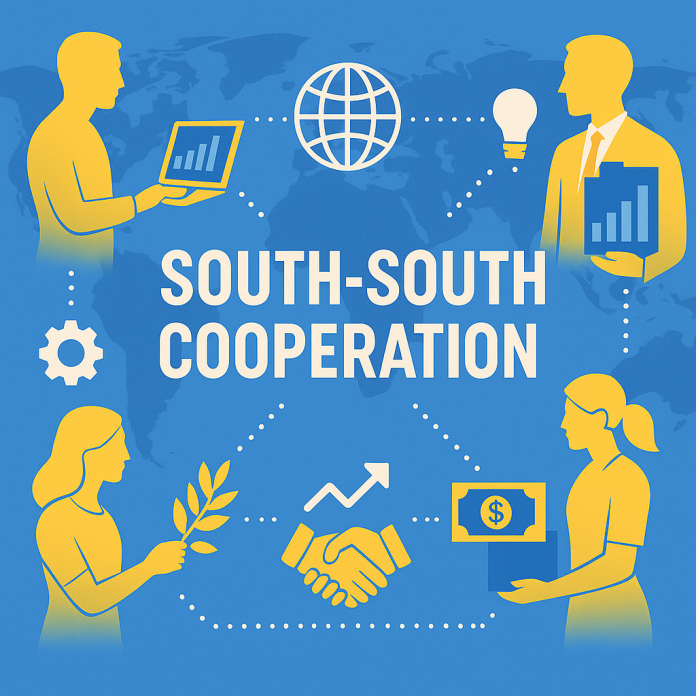In an era of global uncertainty, many developing nations are discovering that the key to sustainable progress lies not in aid from wealthier states, but in solidarity with one another. Known as South-South cooperation, this model promotes collaboration among developing countries to share resources, expertise, and innovative solutions.
What is South-South Cooperation?
South-South cooperation refers to partnerships between countries in the Global South—regions that share similar post-colonial challenges and development goals. These collaborations span governments, civil society, academia, and the private sector, aiming to exchange knowledge and resources to meet shared objectives such as economic resilience, climate action, and digital transformation.
The UN Office for South-South Cooperation (UNOSSC), established in 1974, supports and promotes these partnerships globally. With 80% of the world’s population living in the Global South, the potential for innovation and inclusive growth is vast.
Turning Challenges into Opportunities
Although nations in the Global South face significant hurdles—geopolitical tensions, limited funding, and a widening digital divide—they also hold enormous untapped potential. By focusing on joint development strategies, countries are transforming adversity into opportunity.
For example:
- Morocco’s success in solar energy has inspired similar projects across sub-Saharan Africa.
- Saudi Arabia is sharing its expertise in water desalination with drought-affected nations.
- The UAE’s Masdar City is pioneering clean technology research for global benefit.
- The Islamic Development Bank is facilitating knowledge sharing across its 57 member states, driving sustainable agriculture and infrastructure.
The Role of South-South Cooperation in Multilateralism
South-South initiatives like the India-UN Development Partnership Fund highlight the collective power of nations working together to meet the Sustainable Development Goals (SDGs). While not a replacement for North-South partnerships, these alliances demonstrate that collaborative action can lead to meaningful, scalable results.
As tensions rise globally, South-South cooperation offers a hopeful path forward—reaffirming the need to build bridges rather than barriers and fostering a more inclusive and balanced global development system.




